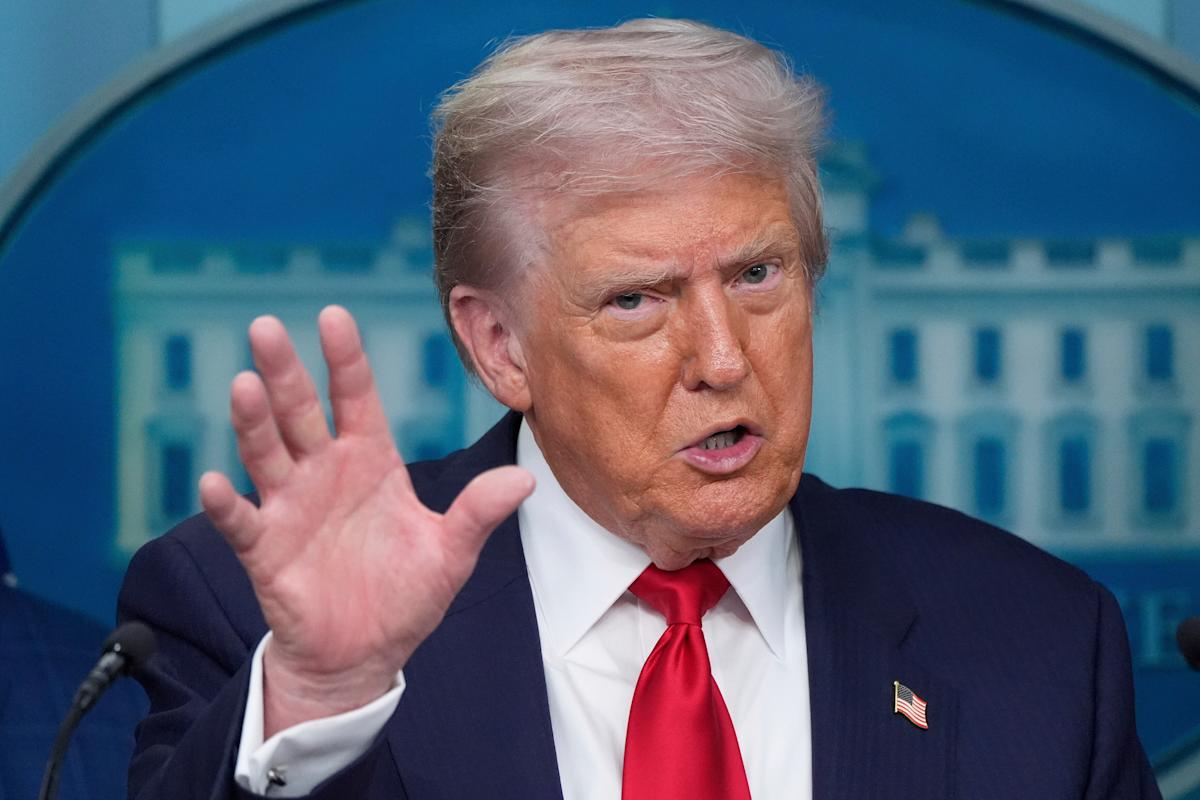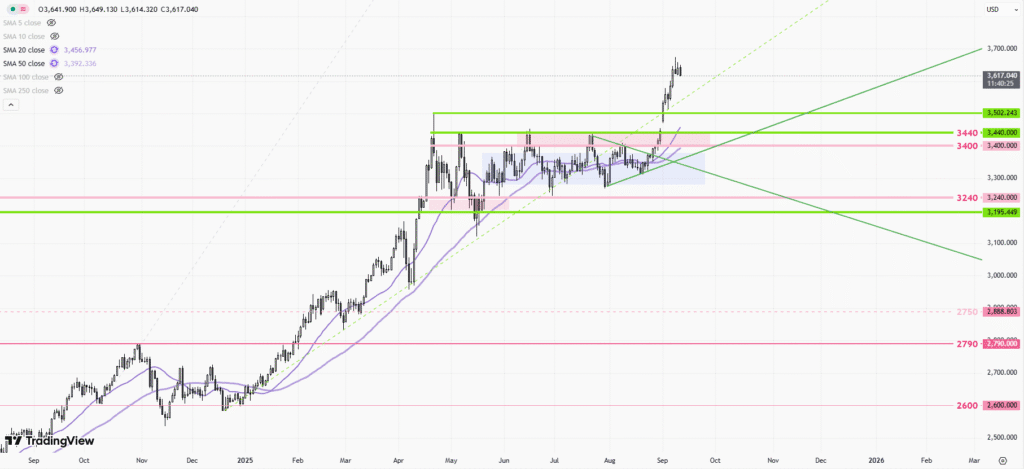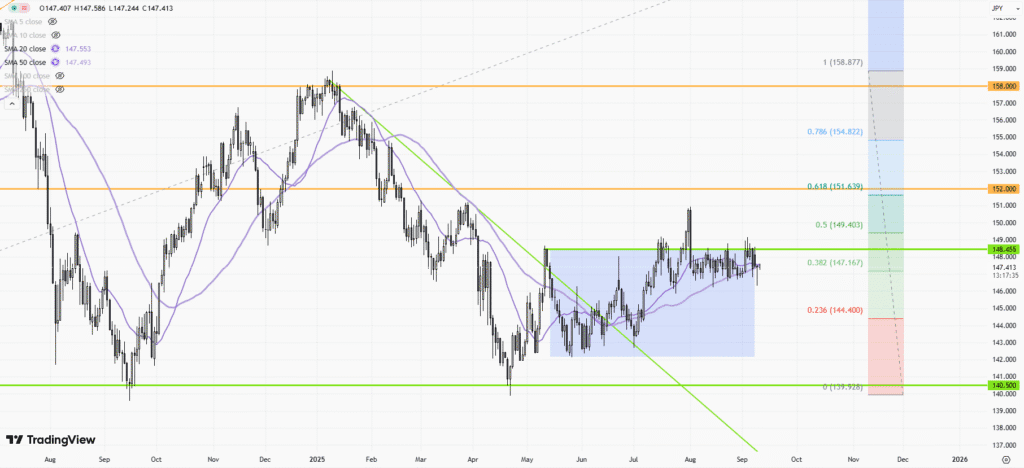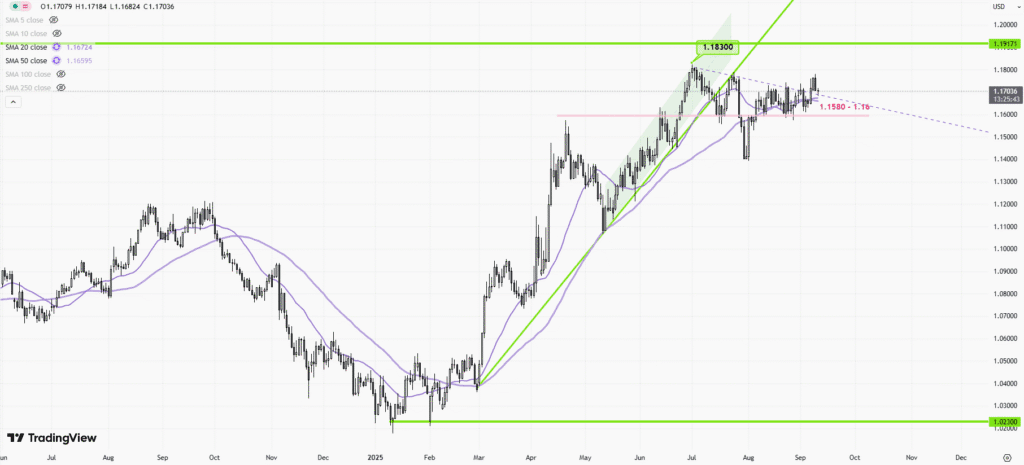 |
| Gold V.1.3.1 signal Telegram Channel (English) |

President Trump Extends Suspension of Heightened China Tariffs for 90 Days: Key Impacts and Investor Insights
2025-08-12 @ 19:01
President Trump Extends Suspension of Heightened China Tariffs for Another 90 Days: What Investors Should Watch
The White House has extended the suspension of the harshest planned tariffs on Chinese imports for another 90 days, aiming to preserve momentum in ongoing trade talks. For markets and multinational supply chains, this move keeps the status quo in place through early November while signaling the administration’s preference to negotiate rather than escalate—at least for now.
What changed—and what didn’t
– The suspension applies to the “heightened” tariff measures that had been slated to rise above the current baseline. The pause effectively delays additional duties that could have tightened financial conditions and disrupted sourcing strategies across manufacturing, technology, and consumer goods.
– A 10% reciprocal tariff on Chinese imports remains in effect. This acts as a floor under U.S. trade policy while broader measures are held in abeyance pending negotiations.
– Other existing U.S. tariffs on China continue unchanged. Companies should not expect relief beyond the deferred increase; rather, the extension merely avoids new pressure.
Why the extension matters
– Negotiating window: Extending the suspension buys time for U.S.–China talks on market access, reciprocity, and national security-linked trade issues. Both sides appear to prefer keeping channels open while testing scope for concessions.
– Market stability: Equity markets typically price in tariff shocks quickly. By avoiding an immediate step-up in duties, the administration reduces downside risk to risk assets, particularly in sectors with high China exposure such as semiconductors, hardware, autos, capital goods, and retail.
– Supply-chain planning: Importers gain short-term visibility on landed costs and inventory planning into the holiday season. That said, the 90-day clock suggests firms should retain contingency plans for a higher-tariff scenario in Q4 if talks stall.
Sectors most affected
– Electronics and semiconductors: The pause helps maintain current cost structures for components and finished goods, supporting margins and pricing discipline. Watch guidance updates from OEMs and chipmakers with large China-linked bill of materials.
– Industrial machinery and capital goods: Avoiding an immediate tariff hike supports order books and project timelines, especially for firms with cross-border assembly or dual-use components.
– Consumer discretionary and retail: Apparel, footwear, and electronics retailers benefit from reduced near-term COGS uncertainty into peak season. Promotional intensity may ease if input cost risk remains contained.
– Autos and EV supply chain: Battery materials and components face less immediate cost pressure, though policy risk remains elevated given national security dimensions.
Investment takeaways
– Risk-on bias near term: The extension lowers policy tail risk, favoring cyclicals with China exposure. However, investors should avoid extrapolating; the policy stance can pivot quickly around negotiation milestones.
– Positioning for volatility: A binary setup into November persists. Consider barbell approaches—quality cyclicals benefiting from stable tariffs on one end, and defensives or low-volatility names as insurance on the other.
– Margin sensitivity: Stock selection should emphasize companies with pricing power and diversified sourcing. Firms overly reliant on single-country inputs may still face headline risk even under a suspension.
– Currency watch: A steady tariff environment can dampen dollar–yuan volatility near term, but any breakdown in talks could reintroduce FX swings that cascade through EM assets and commodities.
What to monitor next
– Negotiation headlines: Concrete progress on market access, intellectual property protections, and procurement signals durability. Stagnation increases the odds of tariff re-escalation after the 90-day window.
– Corporate guidance: Look for commentary on inventory positioning, supplier diversification, and cost pass-through—especially from consumer electronics, apparel, and machinery names.
– Policy markers: Any interim executive actions, carve-outs, or exclusions could fine-tune sector impacts. Conversely, rhetoric linking tariffs to national security could foretell stricter measures.
Bottom line
The administration has opted for continuity over confrontation, extending the suspension of the steepest China tariff hikes while keeping a 10% baseline tariff in place. That supports near-term market stability and supply-chain planning, but it doesn’t resolve the underlying strategic and economic tensions. Investors should treat the next 90 days as a reprieve, not a resolution—stay nimble, focus on companies with resilient sourcing and pricing power, and be prepared for policy-driven volatility as the deadline approaches.








